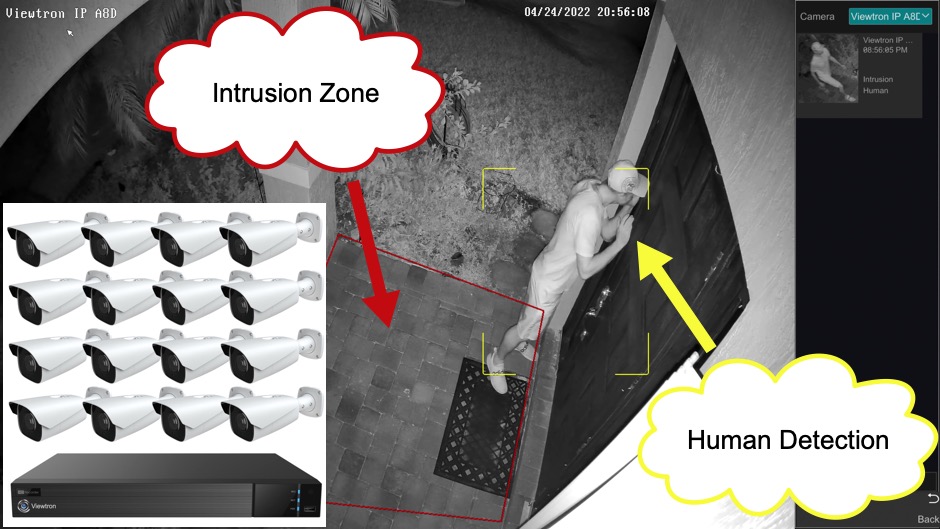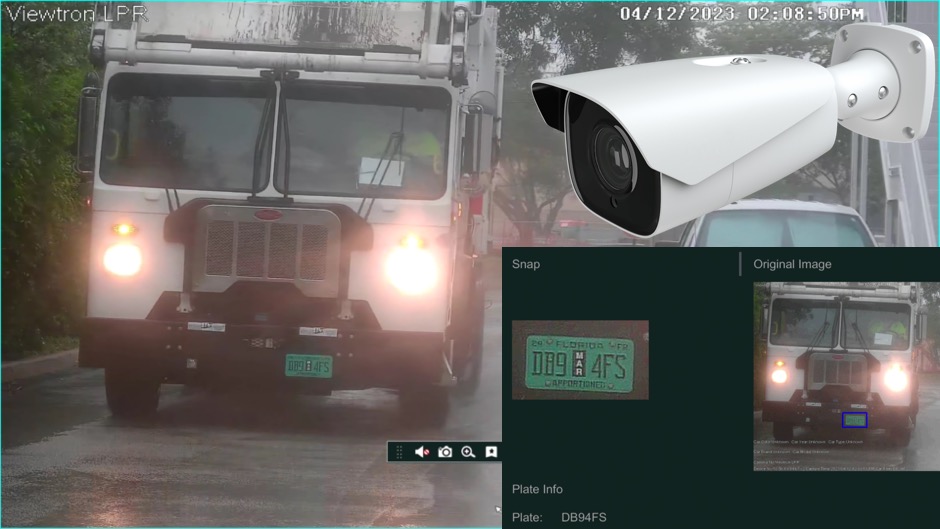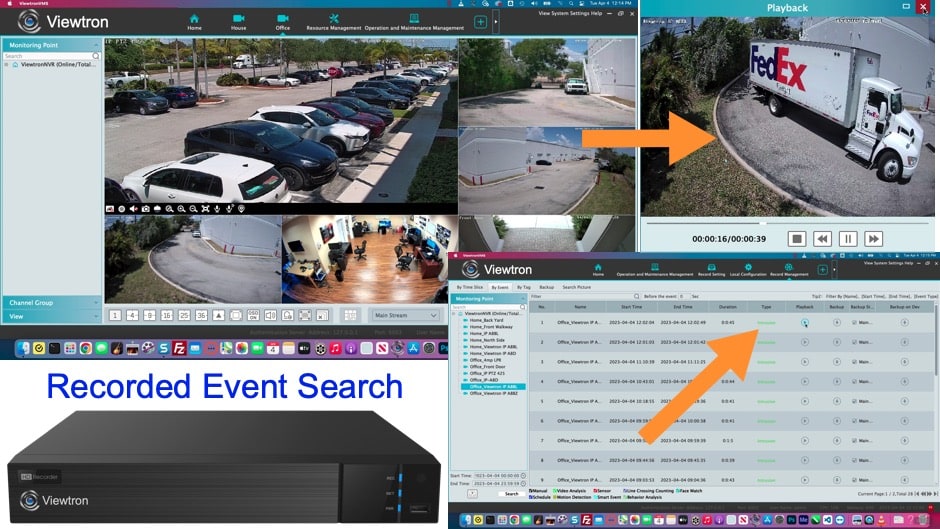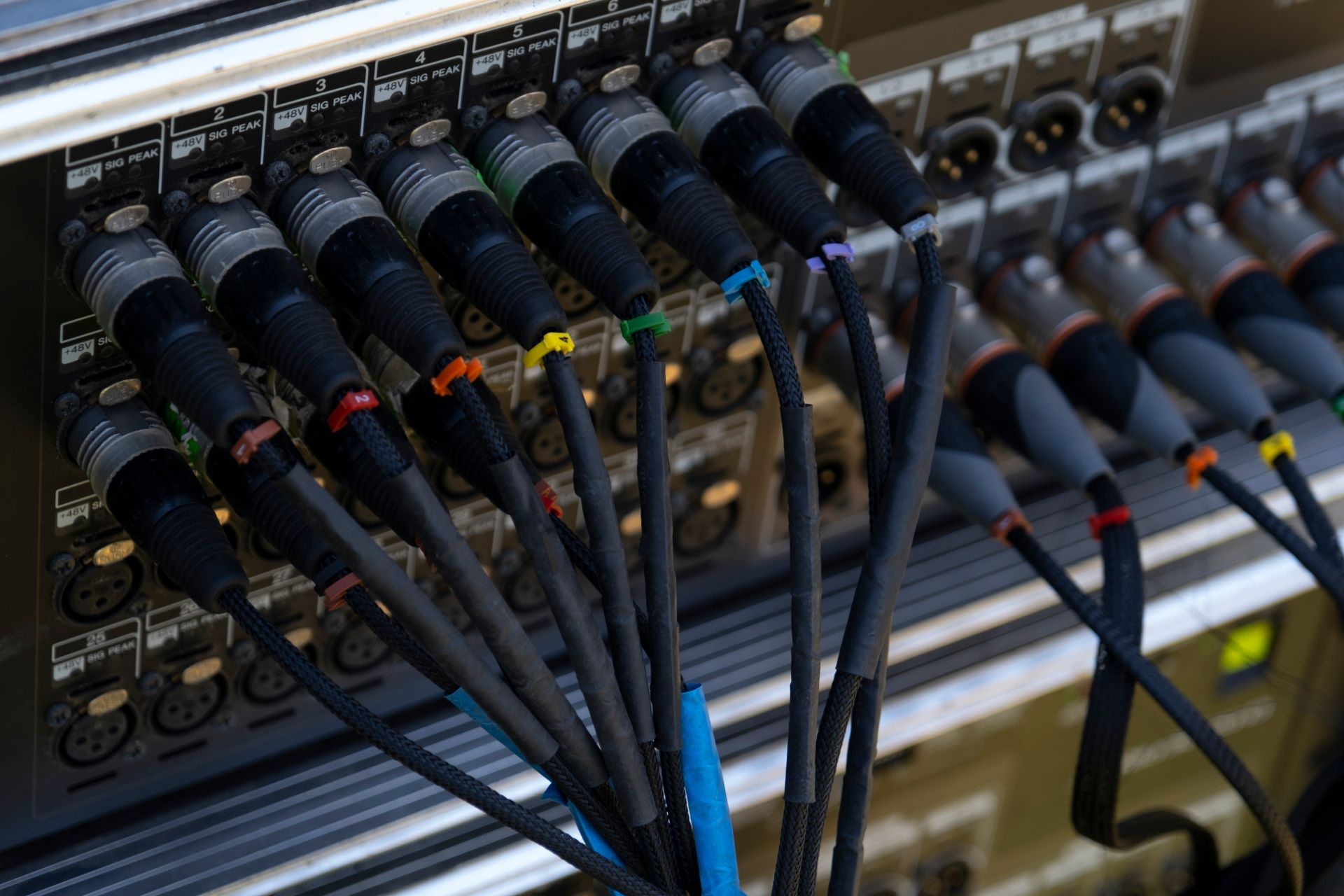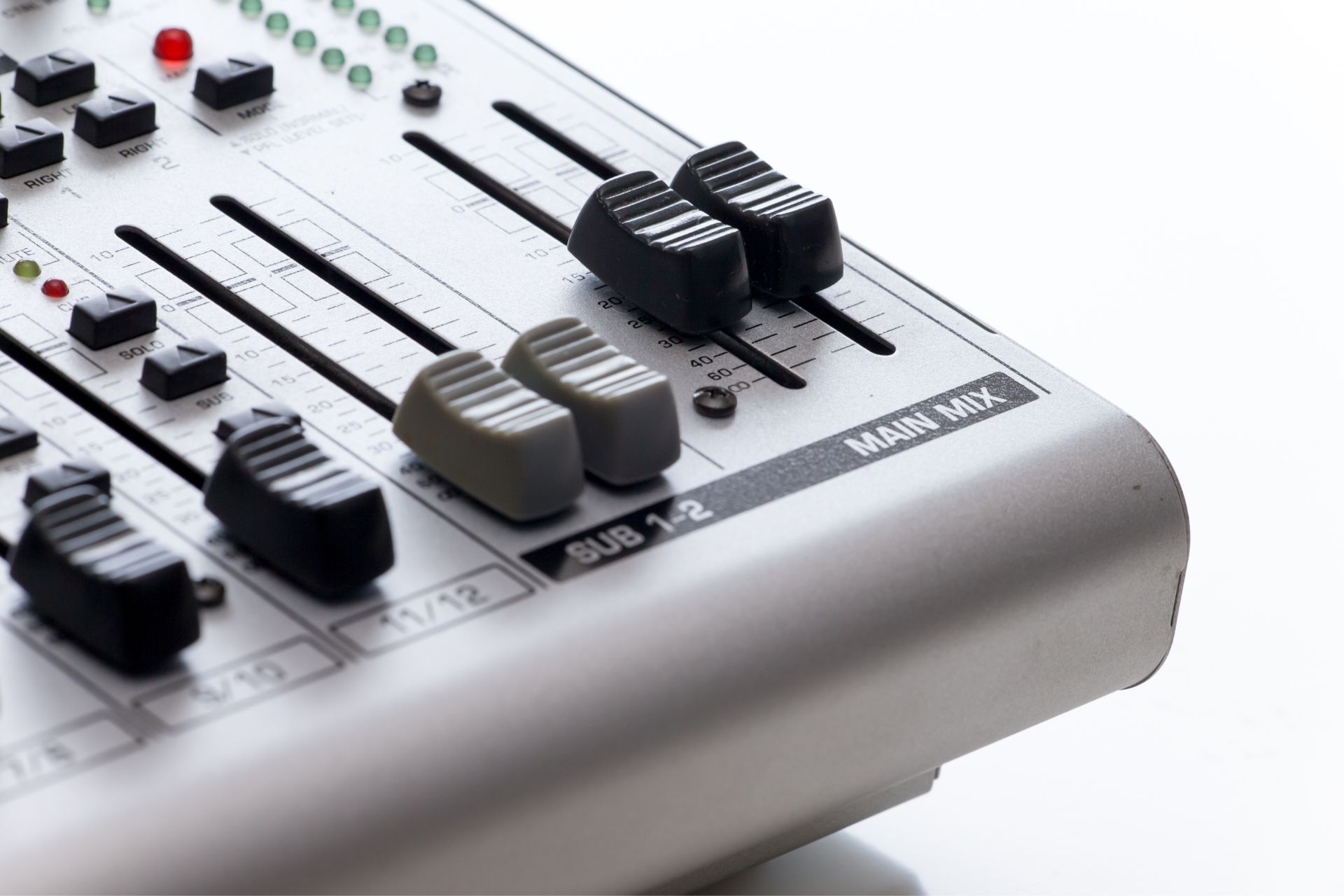The implications of utilizing solar-powered outdoor security cameras in various climates are significant. In regions with abundant sunlight, such as deserts or tropical areas, these cameras can operate efficiently and effectively, ensuring continuous surveillance without the need for frequent battery changes or recharging. However, in areas with limited sunlight or frequent cloud cover, such as temperate or polar regions, the performance of solar-powered cameras may be compromised, leading to potential gaps in surveillance coverage. Additionally, extreme weather conditions like heavy rain, snow, or high winds can also impact the functionality and durability of these cameras, potentially reducing their overall effectiveness in providing security monitoring. It is essential for users to consider the specific climate conditions of their location when choosing to implement solar-powered outdoor security cameras to ensure optimal performance and reliability.

